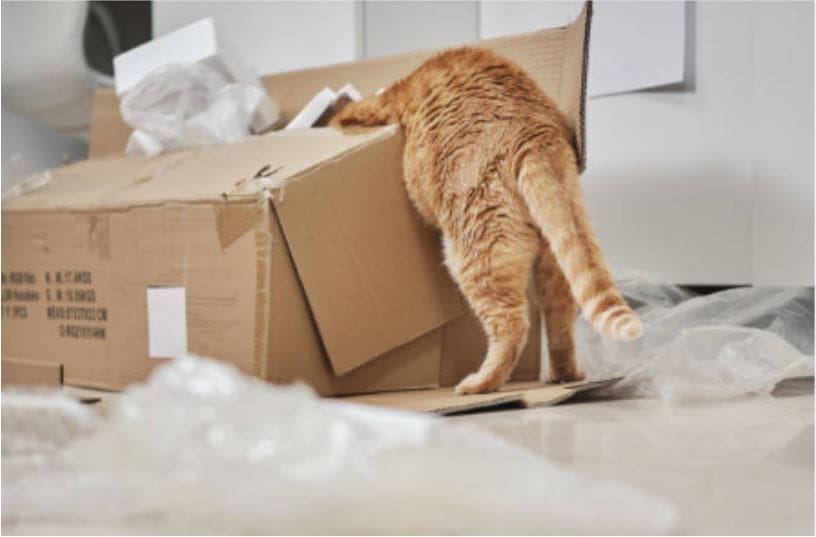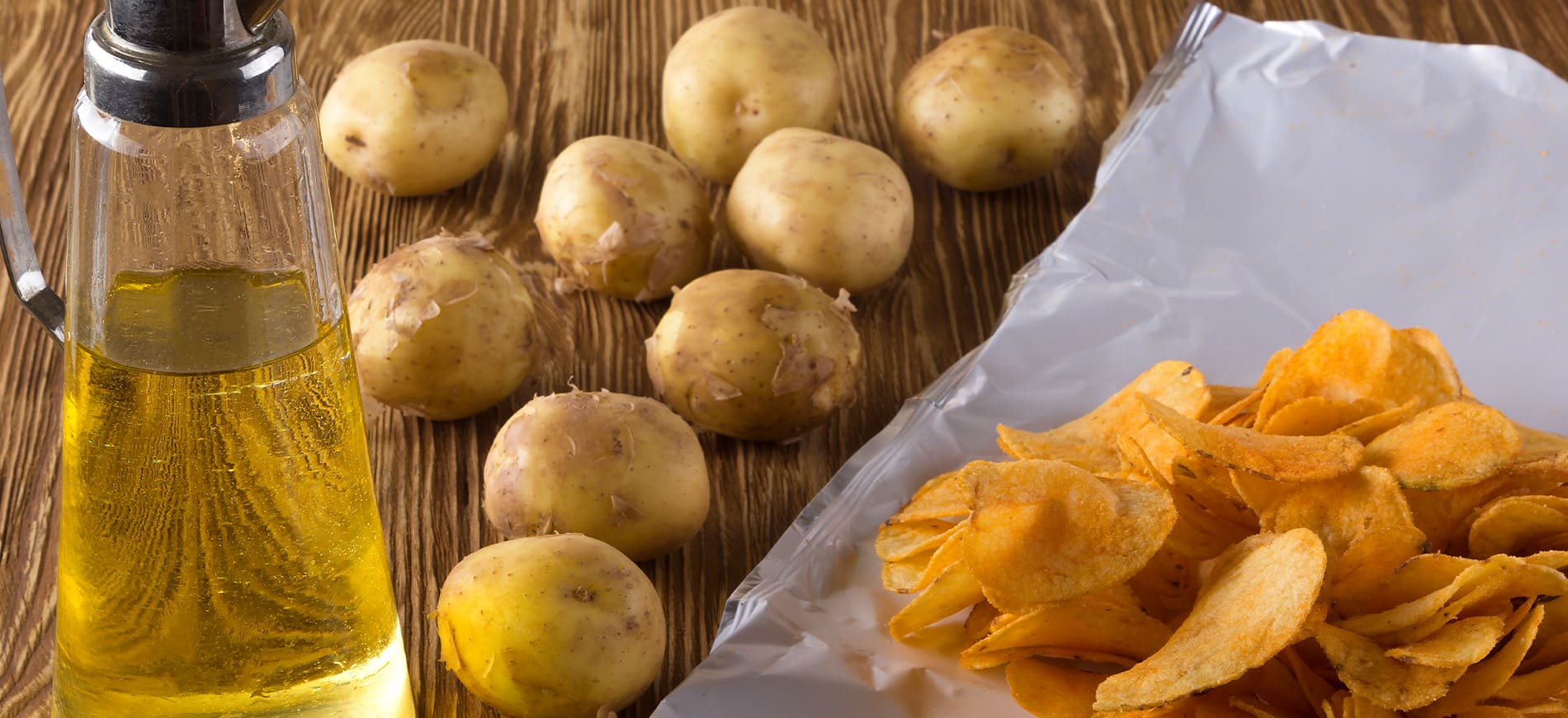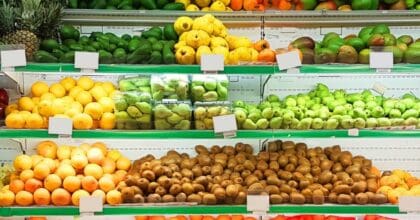-
Articles + –
3 strategies for pet food brands to help owners navigate sustainability
Consumers are increasingly concerned about packaging waste, and are changing their behavior accordingly. While pet owners are keen to buy pet food in sustainable packaging, they need help from brands to guide them through the complex world of sustainability jargon.
1. Reassure consumers that sustainable packaging doesn’t have to cost more
There is a large demand for sustainable packaging: seven out of ten UK pet food buyers would choose a pet food brand that uses eco-friendly packaging over one that doesn’t. However, the pet food industry is behind the curve when it comes to offering sustainable packaging. Only one in seven pet food launches features a sustainable packaging claim, compared to one in five human food launches, according to Mintel GNPD.
Source: Getty Images. The tendency for pet food to mirror human food trends means that sustainable pet food packaging will continue to gain importance.
Even though pet owners are keen to buy pet food in sustainable packaging, consumers commonly perceive that environmentally friendly packaging costs more. In fact, pet food launches without sustainability claims actually cost more than those with sustainability claims. It is important for brands to communicate more effectively with consumers that pet food with sustainable packaging does not necessarily come at a premium.
2. Address recyclability
A majority of global pet food launches are packaged in a flexible pouch – a format that is popular for its convenience. Yet over a third of flexible pet food pouches are packaged in multi-laminate material, which cannot be easily recycled as it is difficult to separate its layers. Most US pet food shoppers think that pet food packaging (e.g. plastic pouches) should be easier to recycle. Brands should therefore address recyclability as a priority by working with packaging companies such as Mondi, who is racing to develop recyclable mono-material options, and Amcor, who has launched the world’s first recyclable flexible retort pouch.
Source: Pets at Home. UK pet retailer chain Pets at Home recently introduced recycling points for flexible pet food packaging, with a goal to have these points in most stores from 2022.
Companies should also guide consumers through the packaging composting process. US brand Cookie Pal, for example, reassures consumers with its on-pack statement that the sustainable packaging can be safely broken down anywhere microbes are present, including landfills, oceans and the wilderness. Calling out plastic-free packaging credentials also appeals to consumers, as for instance UK-based Denzel’s Peanut, Cashews & Turkey Nut Butter Bites states that its packaging is biodegradable, compostable and plastic-free.
3. Use tangible examples to explain sustainability benefits
Sustainability concepts are confusing for consumers; only a minority of US grocery shoppers associate low carbon footprint with environmentally friendly packaging, and just over one in ten view plant-based packaging as environmentally friendly. Brands should ensure that they clearly point out any sustainability references on packaging and have tangible examples of what environmental measures actually mean. For example, Green Petfood Sensitive Insect Dog explains how it achieves 125% climate positivity, by clarifying that this means fewer greenhouse gases, and that less land and water are used during manufacturing.
Source: Mintel GNPD. UK-based Pooch & Mutt Turkey & Chicken Grain-Free, Junk-Free Complete Wet Food for Dogs describes that its carton can save over eight lorry journeys compared to a can.
What we think
Consumers are increasingly supporting environmentally friendly brands, and this loyalty will translate to sales. However, they need guidance on the cost, reassurance about the specifics of recycling, and clarification of the environmental benefits of sustainable pet food packaging. Communicating the tangible benefits of “green” packaging would encourage consumers who wish to contribute to sustainable lifestyles, without being discouraged by the complexities involved.

Kate is a Global Food and Drink Analyst at Mintel. She specialises in analysing the dairy sector, with previous experience in FMCG sales and marketing roles.
-
Future of Pet Food Market Report 2022Discover the latest global trends and innovations across the Future of Pet Food market. Our forward-looking report identifies areas which are evolving, consumer attitudes, and important advances expected across the Future of Pet Food market over the next five years and beyond....View our reports store
-
Mintel LeapMintel Leap is a revolutionary new AI-powered platform that will transform your research process....Book a demo









































